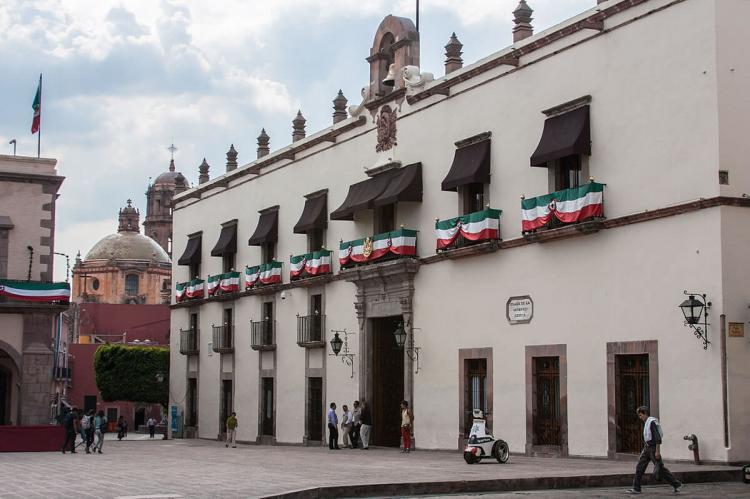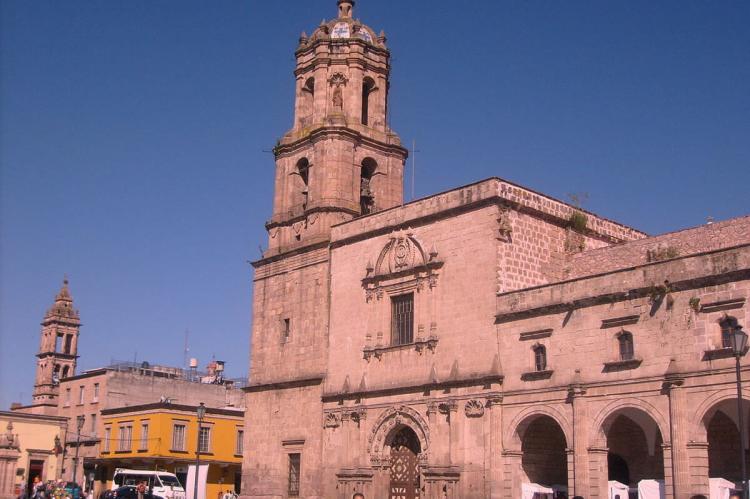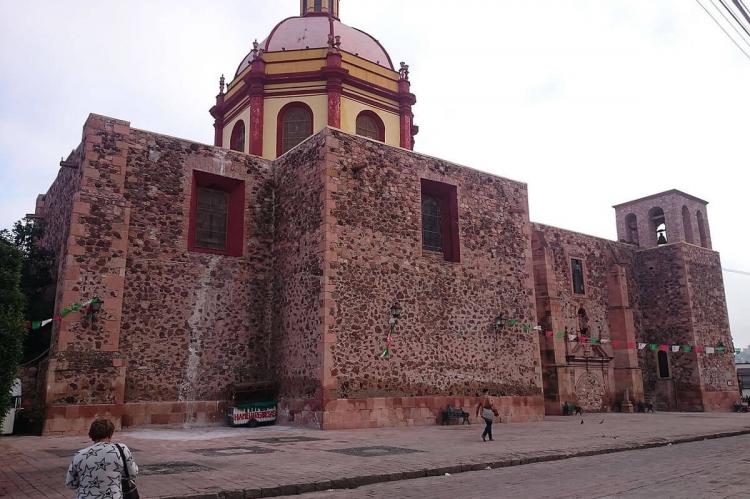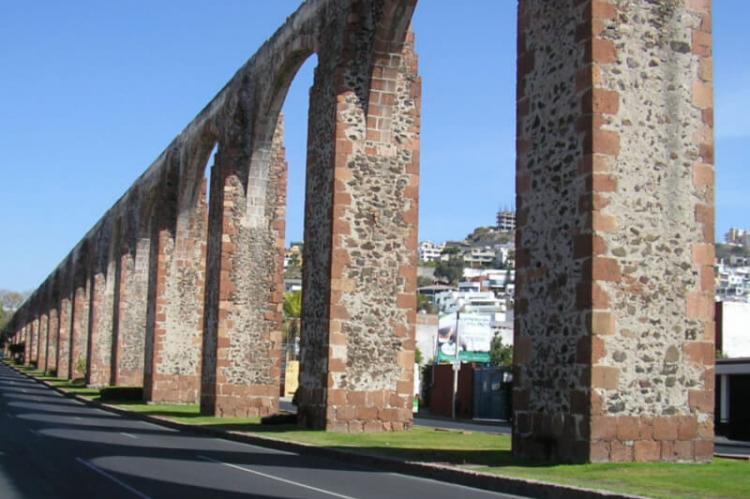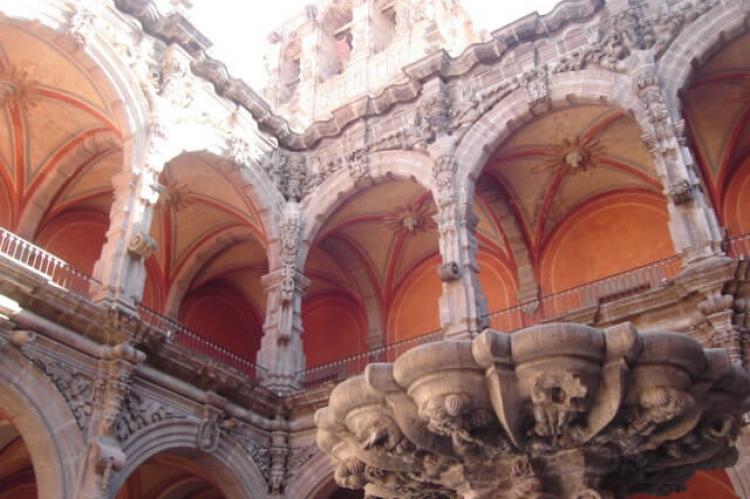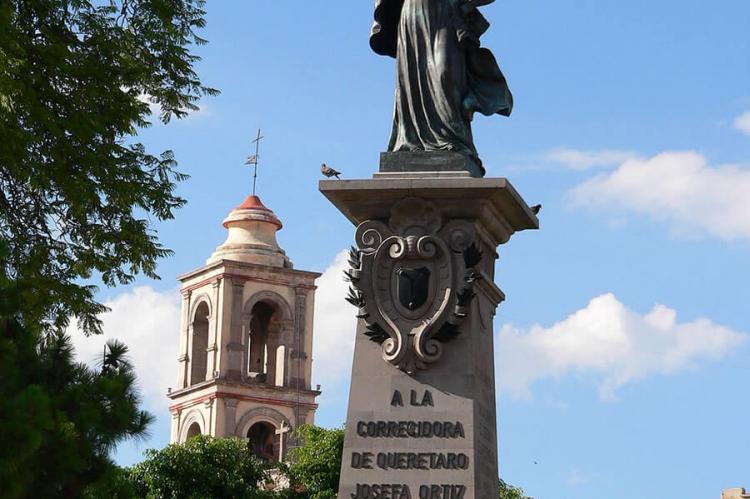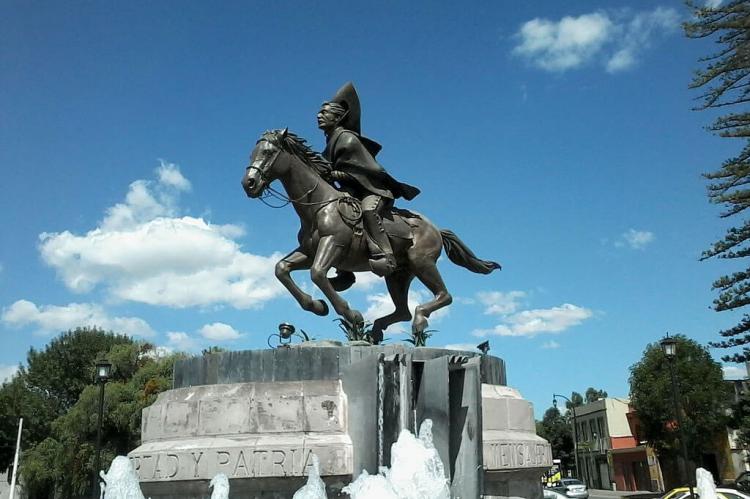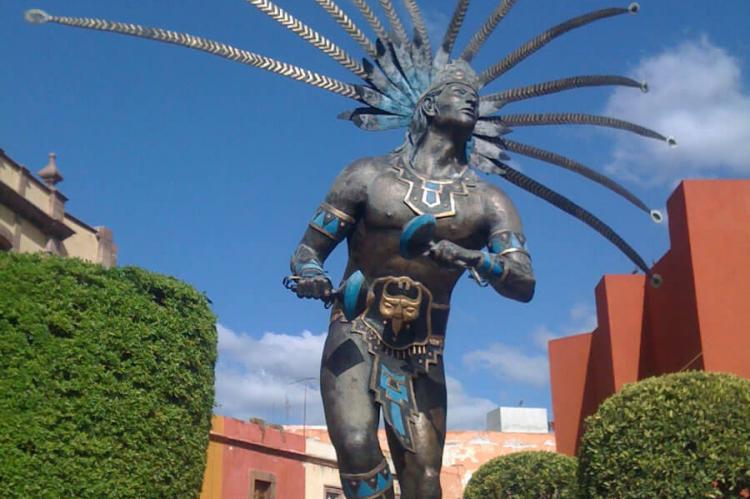Querétaro City: Historic Monuments Zone (Mexico)
Situated in Querétaro City, central Mexico, the Historic Monuments Zone of Querétaro stands out as an extraordinary illustration of a colonial town that reflects its diverse, multi-ethnic population in its layout. This area is richly adorned with many remarkable structures, particularly those dating back to the 17th and 18th centuries.
Querétaro City
Nestled in the heart of central Mexico, Querétaro City stands as a living testament to the rich history, architectural brilliance, and cultural harmony that characterize the Historic Monuments Zone of Querétaro. Located 213 kilometers (132 miles) northwest of Mexico City and 63 kilometers (39 miles) southeast of San Miguel de Allende, this exceptional colonial town, with its unique layout and multi-ethnic population, has earned its place as a UNESCO World Heritage Site.
Historic Monuments Zone of Querétaro
Querétaro's historic monuments zone is a remarkable example of a colonial town whose layout symbolizes its multi-ethnic population. The town's urban plan reflects a rare coexistence of the Spanish conquerors and the indigenous communities, with an extraordinary blend of rectilinear streets for the Spanish settlers and winding alleys for the indigenous population. The Otomi, the Tarasco, the Chichimeca, and the Spanish lived together, creating a diverse and harmonious community that has left an indelible mark on the town's cultural identity.
What sets Querétaro apart is the retention of the geometric street plan of the Spanish conquerors alongside the twisting alleys of the Indian quarters. This dual layout serves as a visual representation of the town's historical and cultural fusion. The city's skyline, defined since the 16th century, boasts ornate civil and religious Baroque monuments that reflect the architectural grandeur of a bygone era.
Strategic Role
Querétaro, upon its construction, played a double pivotal role in the structure of the southeast, serving as a crucial crossing point en route to the capital of New Spain. Simultaneously, it served as the boundary between the southern lands settled by the Spaniards and the northern region, controlled by nomadic peoples such as the Chichimecas. This strategic location imbued the city with historical significance, shaping its role as a cultural crossroads in the region's development.
Architecture
Encompassing an area of 4 sq km with 203 blocks and featuring 1400 designated monuments, Querétaro boasts outstanding buildings, primarily from the 17th and 18th centuries. The architectural brilliance is evident in the ornate civil and religious Baroque monuments that grace the cityscape. Particularly noteworthy are the multilobate arches in the interiors of houses and palaces. These unique arches, exclusive to Querétaro, give the city's Baroque architecture an exceptional and original character, complemented by the use of the distinctive 'pink' stone sought after in the region.
Urban Center
Querétaro continues to be a lively historic urban center, where the echoes of its rich history resonate through the cobblestone streets and ornate facades. The Historic Monuments Zone of Querétaro is a testament to the enduring legacy of cultural harmony, architectural innovation, and historical significance that has shaped this colonial jewel in the heart of Mexico.
